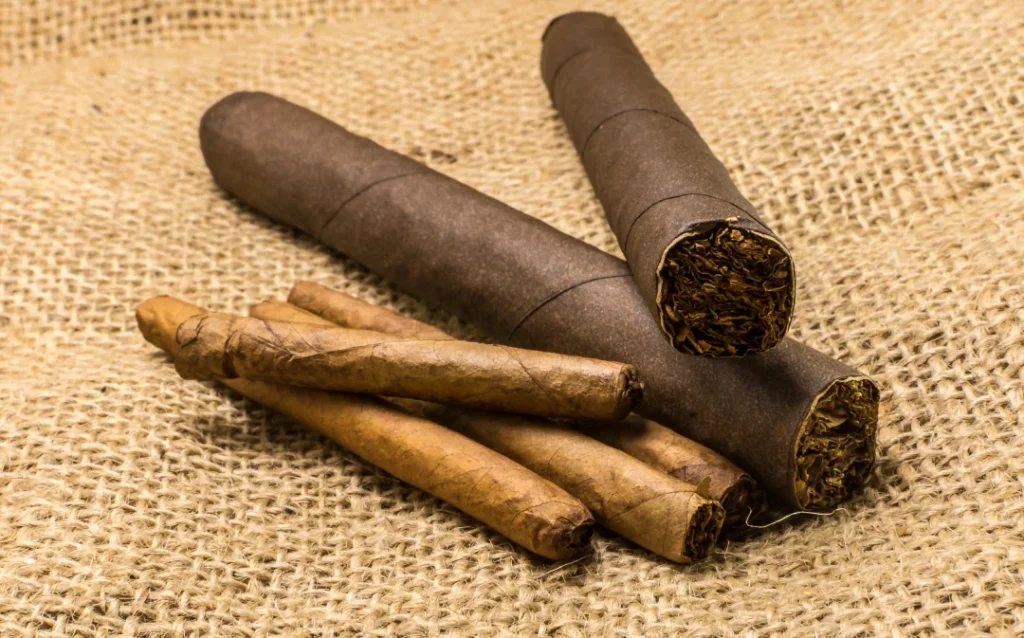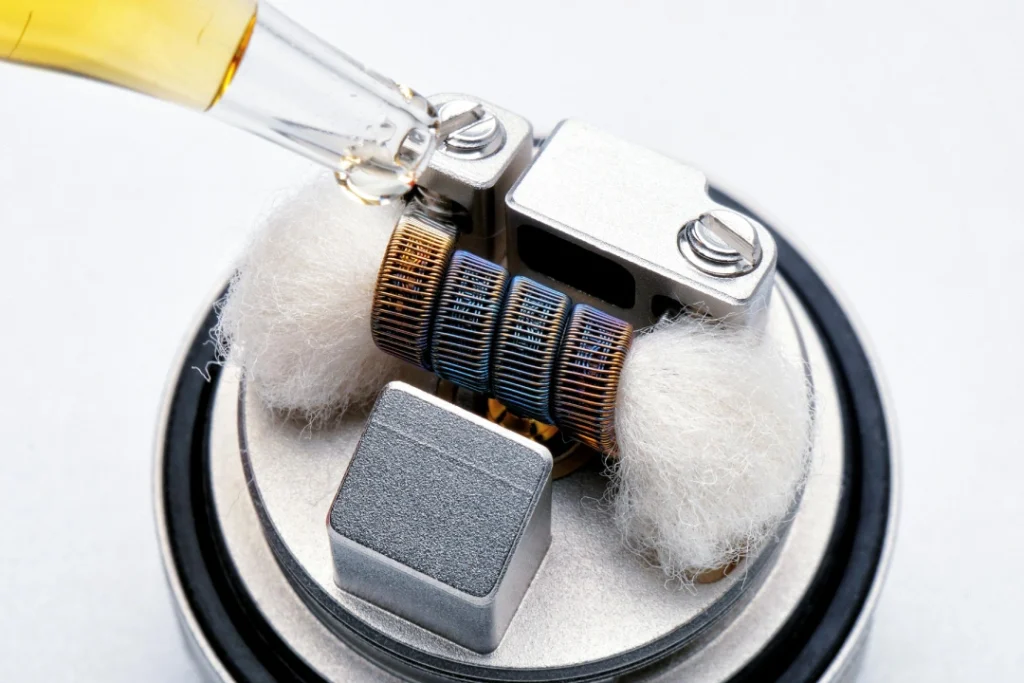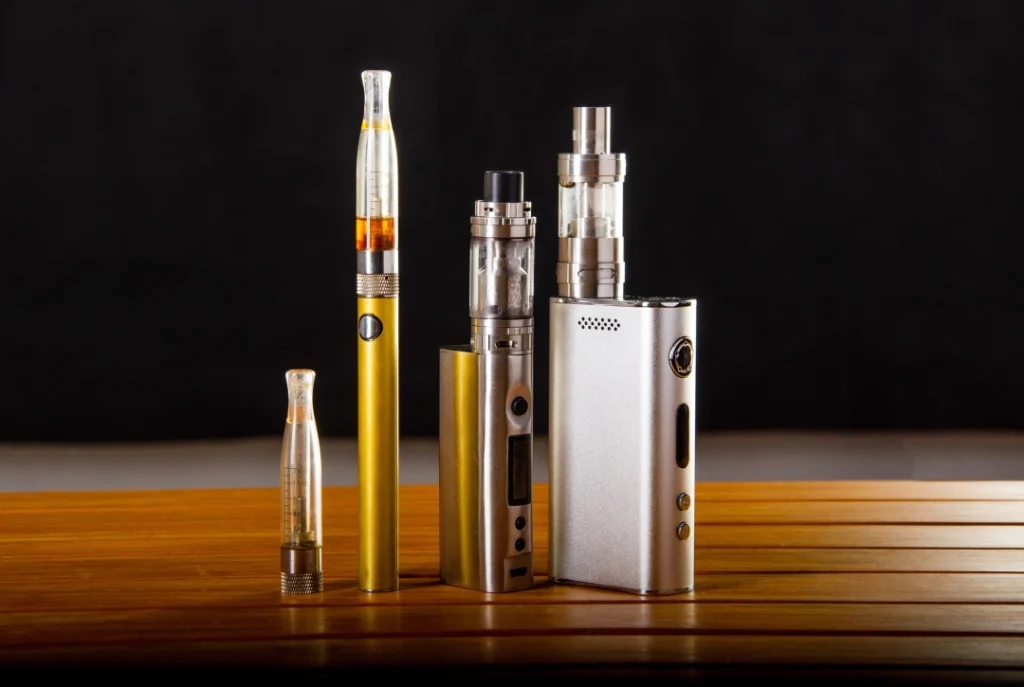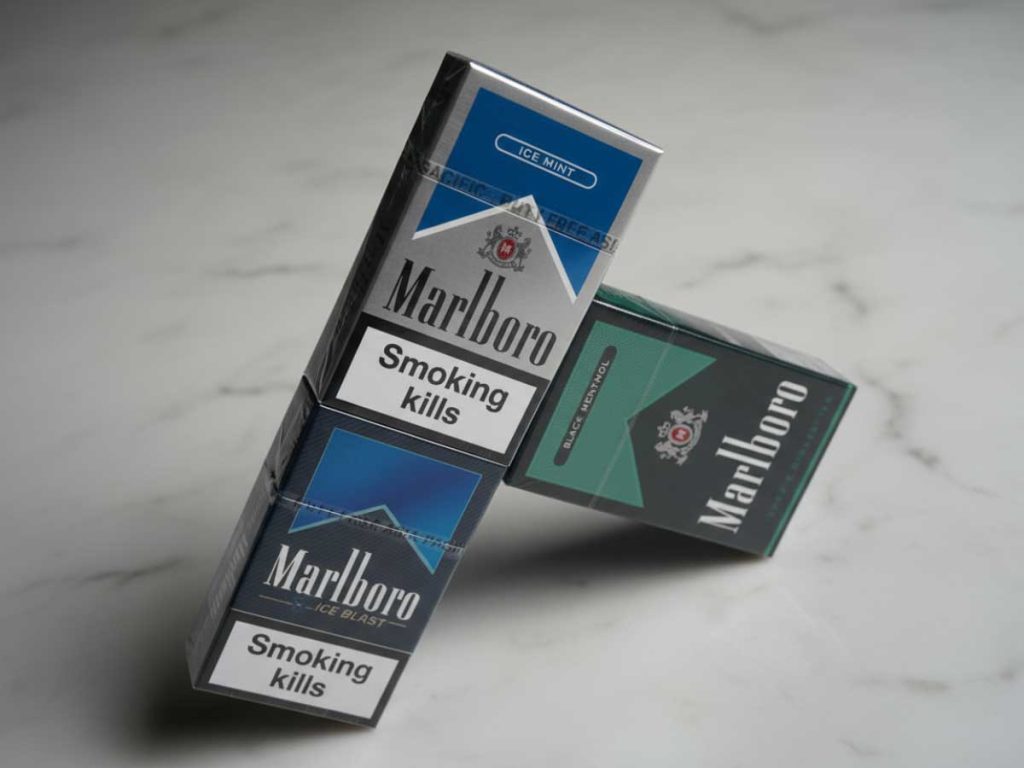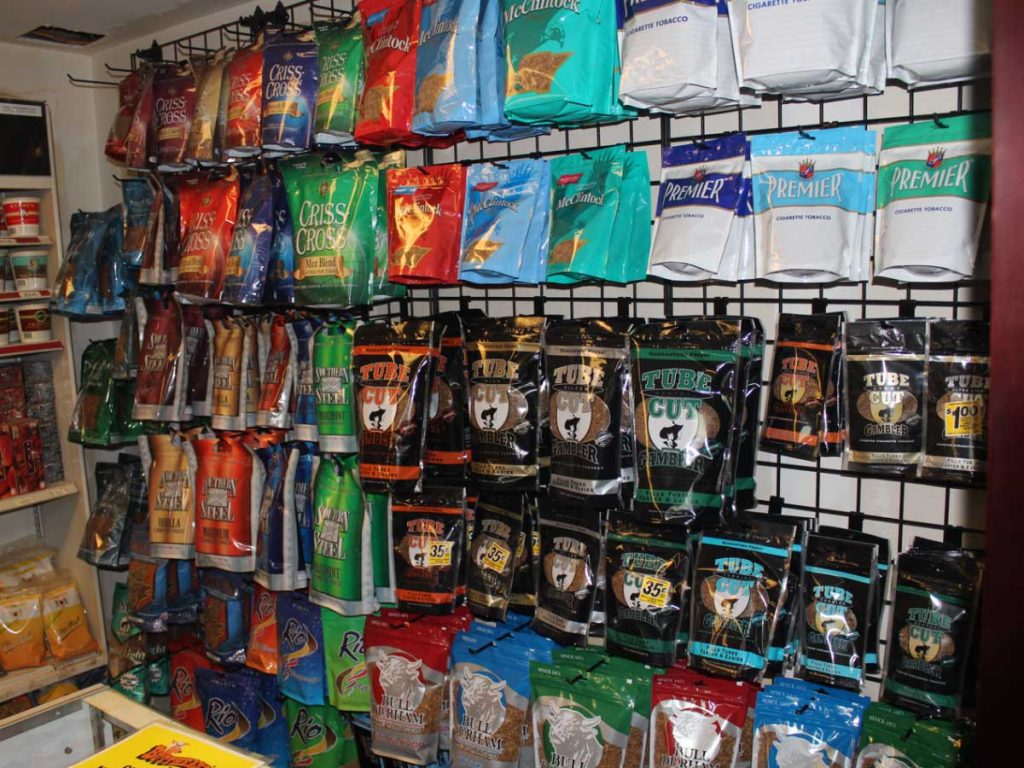What Are Unbreakable Glass Pipes Made Of?
October 14, 2025
Unbreakable glass pipes often sound like marketing hype, but they are more than just clever advertising. The truth is a mix of science, design, and materials engineering. These pipes usually use heat-resistant and impact-resistant glass like borosilicate or specialty aluminosilicate. Manufacturers combine thicker walls, reinforced joints, and protective sleeves to enhance durability.
It’s important to note that “unbreakable” doesn’t mean indestructible. Even the strongest glass can break under extreme force. The label is meant to convey resistance to everyday accidents such as drops, knocks, or thermal stress. Knowing what goes into these pipes helps you make smarter choices, whether you want a durable concentrate rig or a daily-use dry herb pipe.

Glass 101: Basic Types Used In Pipes
Glass forms the foundation of every pipe, and different types bring different properties. Choosing the right glass is crucial for durability, heat resistance, and overall safety. Understanding these basic families gives insight into why some pipes survive a fall while others shatter on first use.
Soda-Lime Glass: Cheap But Common
Soda-lime glass dominates everyday glassware because it’s inexpensive and easy to shape. Most mass-produced pipes use this type, but it comes with trade-offs. Soda-lime glass is prone to thermal shock, meaning sudden temperature changes can cause cracking. It’s less durable under impact and wears down faster when cleaned frequently.
Despite these downsides, soda-lime glass works for casual users who prioritize aesthetics or affordability over long-term durability. It’s often thinner and lighter, which some users prefer, but careful handling is required.
Borosilicate Glass: The Workhorse
Borosilicate glass contains boron oxide, which provides superior resistance to thermal shock and chemical stress. This type of glass is common in laboratory equipment because it can handle extreme temperature changes without cracking. In pipes, borosilicate offers a balance of durability, heat resistance, and clarity.
Thicker borosilicate walls around vulnerable areas, such as the bowl or mouthpiece, make a significant difference in resistance to accidental drops. Pipes made of borosilicate are more forgiving during cleaning and heating, making them ideal for both dry herb and concentrate use.
Tempered Glass: Strength Through Process
Tempering involves heating glass to high temperatures and then cooling it rapidly. This process compresses the outer layer while leaving the inner core in tension, giving the glass increased resistance to impact.
Tempered glass breaks differently than regular glass: instead of sharp shards, it shatters into small, less dangerous pieces. Some high-end “unbreakable” pipes use tempered glass to reduce risk in everyday use. While it may not handle extreme thermal stress as well as borosilicate, tempered glass excels at impact resistance.
What “Unbreakable” Really Means For Pipes
Marketing claims like “unbreakable” can be misleading. In practice, it means the pipe resists ordinary drops, bumps, and handling, but not extreme force.
The durability comes from combining stronger materials with smart engineering: rounded edges, thicker rims, reinforced joints, and impact-resistant shapes. These design choices absorb and distribute stress rather than letting it concentrate in weak points, which reduces breakage.
Design Choices That Prevent Breakage
Design plays a huge role in durability. Manufacturers engineer pipes with features like reinforced joints, thicker walls at critical points, and compact, low-profile shapes. These choices make the pipe more resistant to knocks, bumps, and drops.
Thickness And Wall Geometry
Thicker walls around the bowl and mouthpiece reduce the chance of cracks forming during an impact. However, thickness alone isn’t enough; geometry matters. Rounded curves, smooth transitions, and consistent wall thickness help the pipe absorb energy and reduce stress points.
Reinforced Joints And Stems
The joint between the stem and bowl is often the weakest point. Reinforced joints include extra glass around the connection, internal ribs, or short stems to limit leverage during impact. Some pipes also integrate diffusers or internal bracing that enhance structural integrity while improving airflow.
Impact-Resistant Shapes
Compact, low-profile designs handle drops better than long, thin forms. Wide bases reduce tipping, and shorter mouthpieces limit leverage during accidents. Designers often favor shapes that mimic solid, compact objects, essentially reducing the chance of snapping from a simple fall.
Materials And Blends That Boost Durability
Beyond standard glass, some pipes use specialty blends or composites for added toughness. Altering silica ratios, adding aluminum oxide, or creating high-silica glass can dramatically improve impact resistance and thermal tolerance.
Aluminosilicate And Specialty Glass Blends
Aluminosilicate glass includes aluminum oxide, which strengthens the material and improves thermal performance. Aerospace and laboratory industries use these blends, and their durability benefits carry over to smoking pipes. This glass resists micro-cracking and holds up against repeated heating cycles.
Laminates And Composite Approaches
Some “unbreakable” pipes combine glass with thin laminates, fiber mesh, or metallic inserts. These composite constructions can hold the structure together even if the outer glass cracks, much like a laminated car windshield. Laminates reduce the risk of complete failure while improving safety.
Manufacturing Methods That Matter
Even the strongest glass can fail if production methods introduce internal stresses. Quality control, precise annealing, tempering, and layering determine whether a pipe survives daily use.
Annealing And Controlled Cooling
Annealing relieves stresses from shaping and forming. Glass cools slowly in a kiln to achieve uniform tension, preventing cracks from forming during heat changes or minor impacts. Poorly annealed glass may look fine but fracture easily under stress.
Tempering And Chemical Strengthening
Tempering and chemical strengthening are two approaches to improve surface strength. Tempering relies on rapid cooling, creating a compressive shell, while chemical strengthening uses ion exchange to reinforce the surface without heat. Both methods increase resistance to scratches, stress, and minor impacts.
Fusing, Layering, And Lamination
Layering glass during production strengthens critical areas. Fusing additional layers or laminating thin sheets creates a buffer against impacts. Laminated glass holds shards together if it breaks, reducing the risk of injury.
Coatings, Sleeves, And Protectors
Protective layers enhance impact resistance and prolong the life of pipes.
Silicon And Rubber Sleeves
Silicone sleeves act as shock absorbers, protecting the pipe during accidental drops. They also prevent scratches and provide a better grip. Many users combine strong glass with a silicone sleeve for maximum durability.
Powder Coatings And Ceramic Finishes
Powder coatings and ceramic finishes add an extra layer that absorbs energy and resists minor impacts. Ceramic coatings also improve heat resistance, making them ideal for high-temperature concentrate rigs. Always ensure coatings are food-grade and heat-safe.
Heat Resistance Vs Impact Resistance: The Trade-Offs
Durable glass must balance thermal shock tolerance and mechanical strength. High-silica glass resists heat well but can be brittle, while laminated designs resist impact but may be less thermally stable. Consider how you plan to use your pipe: high heat, frequent drops, or both.
Thermal Shock Explained
Thermal shock occurs when one part of the glass rapidly changes temperature compared to another, causing stress and potential cracks. Borosilicate tolerates thermal shock well, making it a top choice for concentrate rigs.
What To Pick For Hot Concentrates Vs Dry Herbs
For concentrates, choose borosilicate or aluminosilicate pipes with proper annealing. For dry herbs, focus on impact resistance, protective sleeves, and reinforced joints. Understanding your usage helps pick the right balance of strength and thermal tolerance.
Safety Standards And Testing For Durable Glass
Drop Tests And Impact Ratings
Reliable manufacturers drop pipes from standard heights onto various surfaces to measure performance. Observing how pipes fracture or survive helps ensure realistic durability.
Labelling And Consumer Transparency
Look for pipes with clear labels: glass type, annealing process, protective coatings, and recommended care. Transparency signals quality control and reliability.
How To Pick An “Unbreakable” Pipe That Actually Lasts
Inspecting Build Quality In Person Or Photo
Examine seams, wall thickness, and mouthpiece integrity. Tiny bubbles or uneven walls indicate weak points, while uniform construction suggests durability. High-resolution photos are essential for online shopping.
Questions To Ask The Retailer
Ask about glass type, annealing, drop or thermal testing, warranty, and protective accessories. A confident, knowledgeable retailer is a sign of a reputable brand.
Care And Maintenance Tips To Prolong Life
Cleaning Without Weakening The Glass
Use warm water and gentle cleaning agents. Avoid sudden temperature changes or harsh scrubbing. Soft brushes and isopropyl alcohol clean effectively without weakening walls.
Storage And Transport Tips
Carry pipes in padded cases or wrap in microfiber cloths. Use silicone sleeves for travel and avoid tossing them in bags with hard objects. Proper care extends lifespan far beyond the natural durability of the glass.
Common Myths About “Unbreakable” Glass Pipes
- Myth: “Unbreakable” means drop-proof. Reality: it resists everyday accidents but not extreme force.
- Myth: Thicker glass is always better. Reality: poor geometry negates thickness.
- Myth: Surviving one drop guarantees future resilience. Reality: micro-cracks can weaken glass over time.
Environmental And Health Considerations
Recyclability Of Different Glass Types
Borosilicate and aluminosilicate recycle differently than soda-lime. Laminated or coated glass may complicate recycling. Consider proper disposal at the end of a pipe’s life.
Safe Coatings And Food-Grade Concerns
Ensure coatings and sleeves are heat-resistant and food-grade. Avoid unknown paints or finishes that could release toxins when heated.
Where To Buy Quality Durable Glass Pipes (Local Focus)
Local shops let you inspect pipes, test weight and feel, and receive immediate advice. They often provide warranties, repairs, or exchanges, services not always available online.

Smack Boyz Tulsa Smoke & Vape Shop: What To Expect (Sequoyah)
Smack Boyz Tulsa Smoke & Vape Shop in Sequoyah stocks durable, high-quality pipes. Expect borosilicate and laminated options with reinforced joints and protective sleeves. Staff explain material choices and help pick pipes tailored to daily habits, whether for dry herbs or concentrates. Local inspection allows confidence in your purchase.
Smack Boyz Tulsa Smoke & Vape Shop Serving the Sequoyah Community and Beyond in Tulsa
Smack Boyz Tulsa Smoke & Vape Shop is dedicated to serving the diverse needs of the local community of Tulsa, including individuals residing in neighborhoods like Sequoyah. With its convenient location near landmarks such as the Iglesia Cristo Para Las Naciones and major intersections like N Quebec Ave. & N Oswego Ave. (coordinates: 36.170607976121126, -95.93087324604414), we offer cigarette shop Tulsa services.
Get Cigarette Shop Services at Sequoyah Now
Navigate from Sequoyah to Smack Boyz Tulsa Smoke & Vape Shop Now
How to Choose a Long-Lasting and Reliable Glass Pipe
Choose a durable pipe by considering materials, design, protective accessories, and your personal usage. Borosilicate or aluminosilicate glass with reinforced joints and proper annealing provides reliability.
Use silicone sleeves, inspect construction, and buy from trustworthy retailers. “Unbreakable” pipes exist, but understanding their design and limitations ensures they serve you safely for years.
FAQs
Q1: Are Any Glass Pipes Truly Unbreakable?
No glass resists infinite force. “Unbreakable” pipes resist normal drops and stress but can break under extreme force.
Q2: Does A Silicone Sleeve Make Any Pipe Unbreakable?
Sleeves absorb impact and prevent scratches but cannot prevent all fractures. Combined with strong glass and smart design, they improve durability.
Q3: How Can I Tell If A Pipe Underwent Proper Annealing?
Ask the retailer about the annealing process. Properly annealed glass has uniform tension and fewer micro-stress points.
Q4: Can Laminated Glass Pipes Be Repaired?
Minor chips can be cosmetic repairs, but cracks usually require replacement. Laminates reduce the risk of injury but rarely restore full structural integrity.
Q5: What Should I Ask At Smack Boyz Tulsa Smoke & Vape Shop In Sequoyah?
Ask us about glass type, annealing, testing, warranty, and protective accessories. We can guide you to the pipe best suited to your usage habits.

RECENT BLOGS
What Is The Best Smelling Tobacco?
What Is A Dry Hit When Vaping?
How Long Do 40,000 Puffs Last?
Why Is Marlboro So Popular?
What Is the Most Popular Brand of Tobacco?
What’s the Best Cheap Vape?
Smack Boyz Smoke Shop in Oklahoma
Discover Your Perfect
Smoke Today!
Dive into the ultimate smoke shop experience at Smack Boyz in Oklahoma. Explore our extensive selection of vapes, CBD products, kratom, hookah supplies, and more. Whether you’re searching for the latest vape gear, top-quality CBD oils, or unique shisha flavors, we have it all. Visit us now to find everything you need under one roof. Don’t miss out—your next favorite product is waiting for you!
Shop Now at Smack Boyz Smoke Shop!

